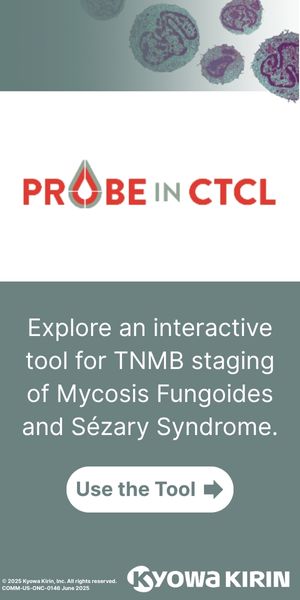Jerry Vockley, MD, PhD, Head of the Division of Medical Genetics at UPMC Children’s Hospital of Pittsburgh, discusses the phase 1/2 trial of the gene therapy, 4D-310, in Fabry disease. Data from this study was recently presented at WORLDSymposium 2022.
Fabry disease is a rare X-linked lysosomal storage disorder that results in low activity of a-galactosidase A (AGA) that in turn leads to the cellular buildup of globotriaosylceramide. Characteristic features of Fabry disease include acroparesthesias, angiokeratomas, hypohidrosis, corneal opacity, gastrointestinal problems, tinnitus, and hearing loss. Fabry disease also involves potentially life-threatening complications such as progressive kidney damage, heart attack, and stroke.
As Dr. Vockley explains, this study is a prospective multicenter, open-label, dose-escalation trial to assess the safety, tolerability, and pharmacodynamics of 4D-310, an investigational gene therapy, in adult male patients with Fabry disease. The primary endpoints in this study are safety and maximum-tolerated dose of 4D-310. Secondary endpoints include biomarker assessments of serum AGA enzymatic activity and lyso-Gb3, and markers of biologic activity in the heart, including cardiac MRI. Corticosteroid prophylaxis is administered 10 weeks post-treatment.
There were 3 patients with classic Fabry disease enrolled in Cohort 1 who received a dose of 1E13 vg/kg at 4, 18, and 29 weeks. Patients 1 and 3 were receiving long-term enzyme replacement therapy until study enrollment. Patient 2 discontinued enzyme replacement therapy 13 months prior to enrollment. All three patients had positive anti-AGA antibody titers at baseline; though Patients 1 & 3 (who were receiving enzyme replacement therapy) had significantly lower measures than Patient 2. No dose-limiting toxicities were reported. Patient 2 developed transient, self-limited atypical hemolytic uremic syndrome, was admitted for observation, received IV fluids and no other interventions, and was discharged after 4 days following improvement in laboratory parameters. No other serious adverse events occurred. Mean post-treatment serum AGA activities in Patients 1 & 3 were 248.1 and 240.4nmol/h/ml, respectively (25.1 and 24.3-fold mean normal). Lyso-Gb3 remained low in patient 1 after discontinuation of ERT; patient 3 lyso-Gb3 data are pending. Patient 2 had mean serum AGA activity of 5.7 nmol/h/ml (within normal range); serum lyso-Gb3 declined by ~55% through week 12.
In conclusion, 4D-310 shows promise as a potential gene therapy for Fabry disease, including in patients with positive anti-AGA antibody titers at baseline.
For more information about Fabry disease and other lysosomal storage disorders, visit checkrare.com/diseases/lysosomal-storage-disorders/

